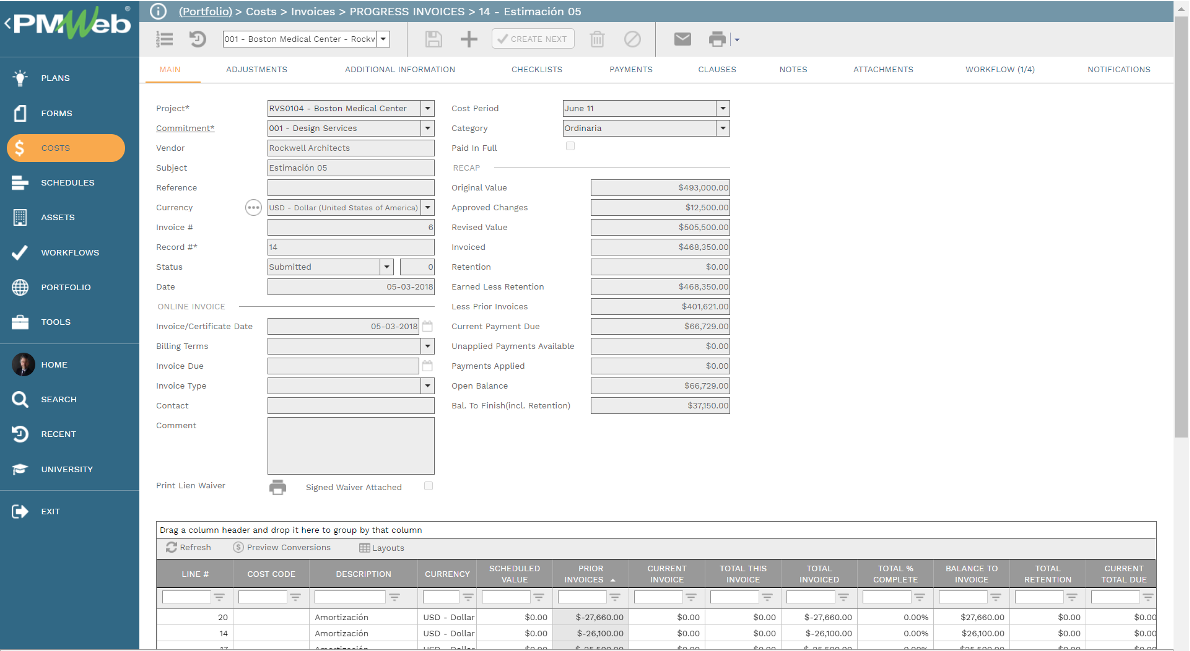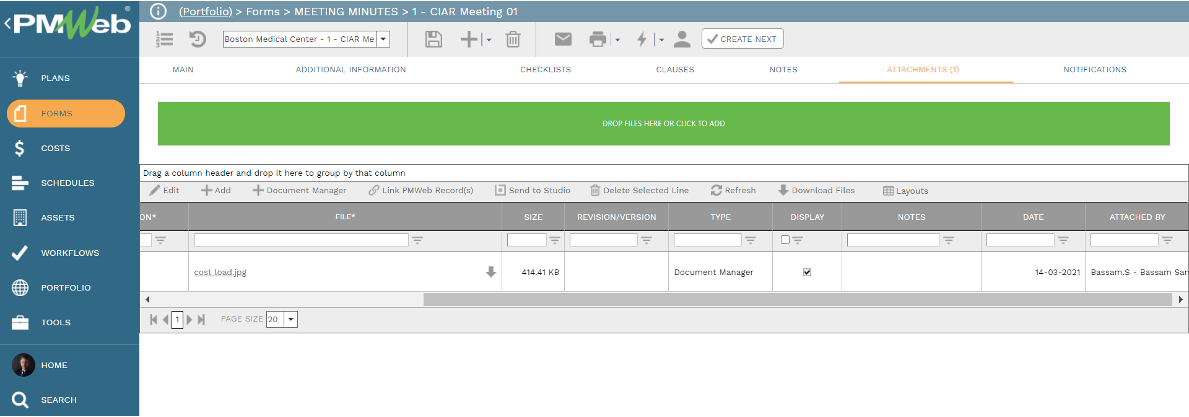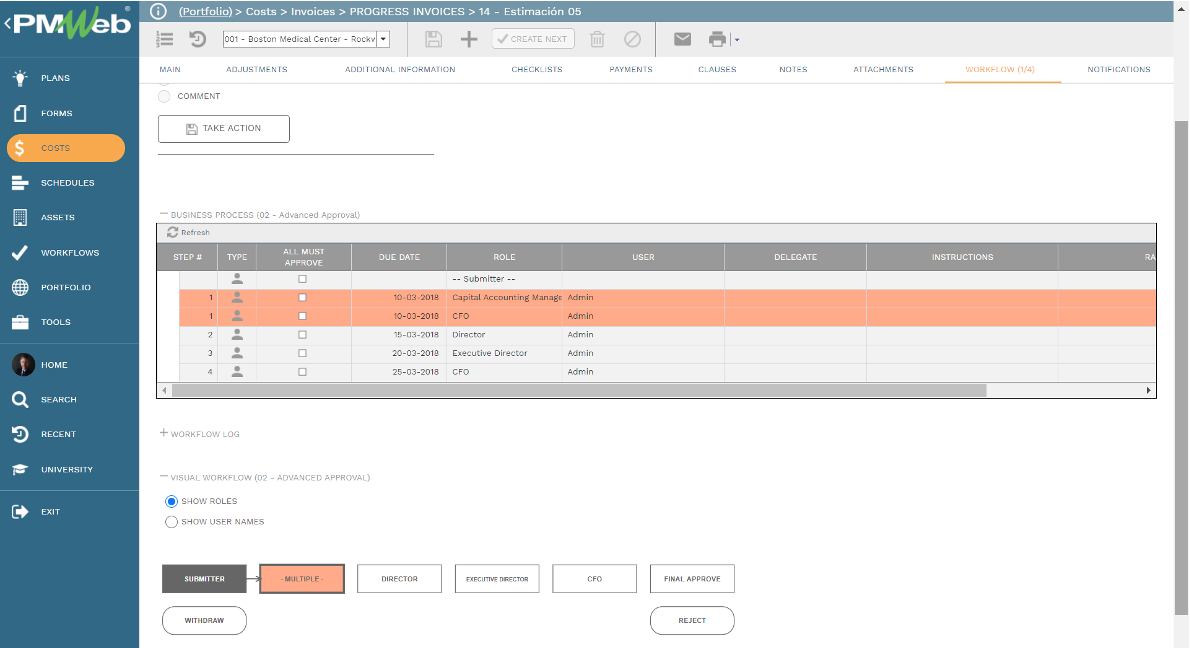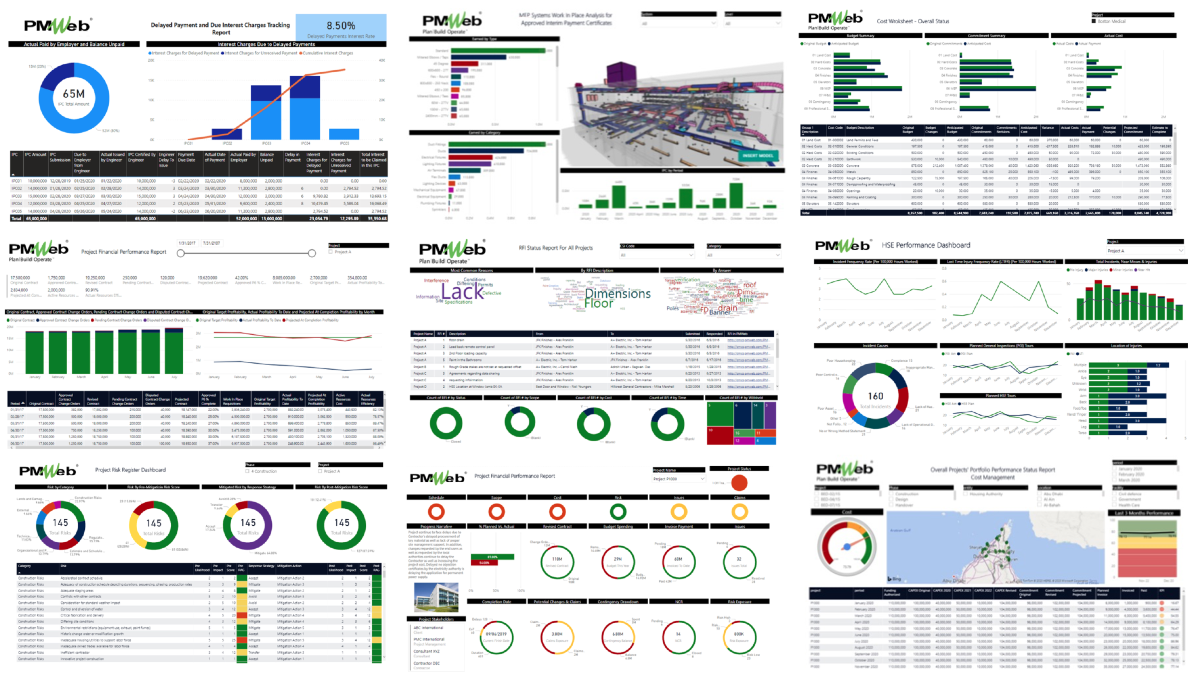When it comes to managing the delivery of capital construction projects, there could be more than three-hundred business processes that need to be implemented by the entities involved in delivering those projects. Those business processes are the processes needed to manage the project scope, schedule, cost, quality, communications, resources, risks and issues, procurement, contracts, health, safety and environment (HSE), sustainable development, claims, financial among others. For each business process, there will be a form to capture the data required to manage, monitor, evaluate and report on the performance of the business process. The form is a must requirement to ensure that all needed data is provided, reviewed and approved as well as to enable sharing the processed information with their intended project stakeholders.
Over the past four decades, the capturing of raw data for the different project management business processes has evolved from being a 100% manual-based processes to 100% digitally-based processes. The availability of technology as well as the growing demand for transparency, accountability, and real-time, single-version-of-the-truth reporting has forced this digital transformation.
For example, the interim payment certificate (IPC) process, which is part of every single contract awarded on construction projects, was one of the many processes that technology was used on to improve the task of capturing raw data. Before 1982, where personal computers existed and became available to be used, the submission of interim payment certificates (IPC) was usually a manual process where contractors were required to use predefined forms to fill out for the IPC submission.
With the availability and affordability of personal computers in the early 1980s along with the availability of applications like Lotus 123, MS Excel and MS Access, contractors started to use those applications to manage many of the capital construction project’s business processes including the IPC submission. The advantage of those applications was that all calculations needed for any business process including the IPC process were done by adding the needed mathematical formulas between the data fields. The Lotus 123 and MS Excel has helped in eliminating many of the mathematical calculation errors as well as expedited the process of preparing and submitting forms and reports for the different business processes including interim payment certificate process.

In late 1980s and for more than two decades, applications like Expedition (Primavera Contract Management or PCM) became the preferred solution used by many organizations to improve the capturing and reporting on the business processes raw data. Those applications provided predefined and preprogrammed templates to capture the data of some of the most common business processes needed to manage the delivery of capital construction projects.
For example, one of these processes that was part of PCM was the interim payment certificate (IPC). Although PCM and other similar solutions provided basic workflows for submitting, reviewing, and approving some of the business processes, they have lacked the ability to have customized workflows that can incorporate all needed review and approval tasks as well as the conditions and rules needed to enforce approval authority levels. In addition, although those applications allowed the option to limit access to the different modules, nevertheless they lacked the functionality to restrict access to specific fields within each process form. Furthermore, those applications only provided input forms to the selected project management business processes which were the most common to capital construction projects, nevertheless, they lacked the input forms needed by the other business processes. For those reasons, those applications were shelved, discontinued, and ceased to be supported.

It was only toward the year 2007 where Project Management Information Systems (PMIS) solutions like PMWeb started to become readily available for the construction industry. In addition, for being 100% web-enabled with the option of either on-premises hosting or SaaS cloud subscription, PMWeb provided entities with a single platform to manage all business processes needed for the delivery of capital construction projects. PMWeb also provided an in-built document management repository and a highly configurable visual workflow module to fulfill all transparency and accountability requirements when it comes to submitting, reviewing, and approving business processes while respecting the conditions and rules for approval authority levels.

The built-in PMWeb document management repository has enabled entities involved in those projects to create folders and subfolders to emulate the filing system used on capital construction projects. Those folders and subfolders are used to upload, store, attach, and later archive all supportive documents to each business process including the interim payment certificate process. In addition, PMWeb allows setting user permission rights to the created folders and subfolders to restrict access to only authorized users. Further, PMWeb allows project team members to subscribe to the created folders to receive notifications when new documents or versions of existing documents are uploaded as well as when documents are downloaded or deleted. Furthermore, PMWeb enables linking other relevant PMWeb records and imported MS Outlook emails to each business process transaction.

A workflow can be also assigned to any business process including the interim payment certificate to ensure that the captured raw data have been reviewed and approved by the assigned project team members. PMWeb workflow will map the submit, review and approvals tasks along with the duration set for each task and the individual accountable to perform the task. The workflow will also allow creating documented revisions of each transaction for each business process.

The main advantage of a Project Management Information System (PMIS) like PMWeb is that in addition to the many predefined input forms for the common business processes is the ability to create an unlimited number of input forms required for the hundreds of business processes needed to manage a capital construction project. PMWeb has the advantage of designing those input forms in any desired layout or even language including non-Latin languages like Arabic. Similar to the interim payment certificates, documents can be attached to those forms as well as workflows can be created and assigned to those forms to formalize the submit, review and approve processes.
In addition to achieving the objectives of transparency and accountability in managing the business processes for a capital construction project, the PMIS will also provide the real-time, trust-worthy data to fulfil the objective of single version of the truth reporting that can be accessed by the authorized project stakeholders anywhere, anytime using any device.
This captured raw data will become the basis to report on the performance of every single project management business process or a report on interrelated business processes like budget, budget adjustments and transfers, approved funding, awarded contracts, potential change orders, approved and pending change orders, interim progress certificates (IPC) and actual payments of approved IPC.
In addition, the captured raw data will become the basis for reporting the information of all critical business processes needed for a monthly project dashboard or a program of projects and/or portfolio of projects. Those captured PMIS raw data can be associated with data from other data sources like those of Building Information Model (BIM), ESRI maps, among others. The ability to present the captured raw data in any desired format provides the ultimate project stakeholders’ objective of having the insight to make better and faster informed decisions.




